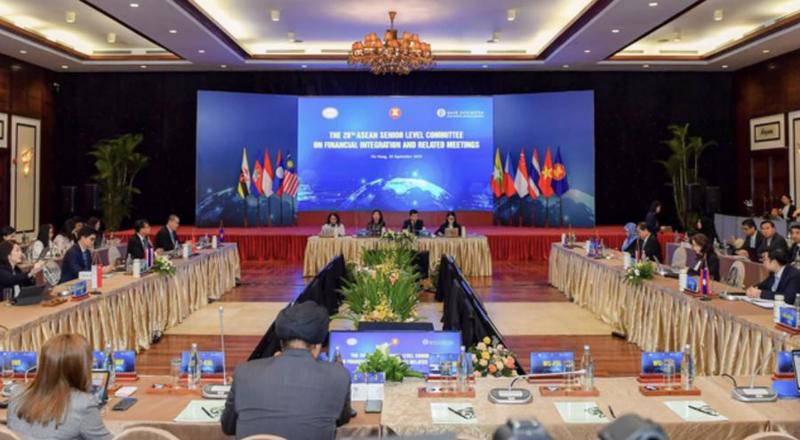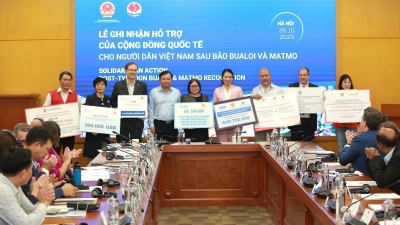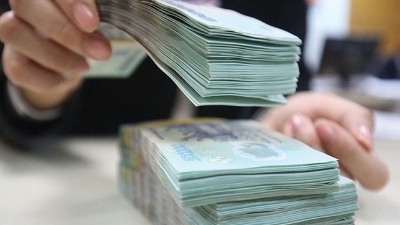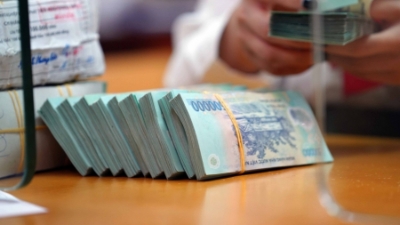The 28th Meeting of the ASEAN Senior Level Committee on Financial Integration for the 2024-2026 term opened in Da Nang on September 20.
Nearly 100 delegates attended, including Deputy Governors of ASEAN central banks, representatives from the ASEAN Secretariat, ASEAN Banking Association, and international organizations.
In his opening speech, Deputy Governor of the State Bank of Vietnam Pham Thanh Ha emphasized the importance of ASEAN member nations working together to ensure integrated and resilient financial systems, given the changing regional and global economic landscape.
He highlighted the opportunity for ASEAN to chart its future by developing strategic plans to realize the ASEAN Economic Community Vision 2025.
The meeting provided a platform for discussing initiatives across the spectrum of ASEAN integration, including updates from the Bank for International Settlements (BIS) and the ASEAN 3 Macroeconomic Research Office (AMRO) on global and regional macroeconomic developments.
Progress reports were also shared on key ASEAN initiatives, such as the ASEAN Sustainable Finance Taxonomy, the ASEAN Green Map, and the re-establishment of the ASEAN Currency Swap Arrangement.
ASEAN 3 is projected to maintain stable growth in 2024 and 2025, driven by recovery in domestic demand, exports, and tourism. AMRO forecasts ASEAN 3 growth at 4.4% in 2024 and 4.3% in 2025, with Vietnam reaching its highest growth rate of 6.3% in 2024 and 6.5% in 2025.
The meeting provided guidelines for future activities of the ASEAN Working Groups on Banking Cooperation, including banking integration, capital liberalization, financial services liberalization, comprehensive finance, capital market development, and payment system development.
For the 2024-2026 term, the State Bank of Vietnam and the Central Bank of Indonesia are co-chairing the ASEAN financial and banking integration process.
They will also connect central banks in ASEAN with regional financial and banking regulators and international partners to promote policy dialogue for financial and banking sector stability and implement inter-regional and multi-sector multilateral initiatives.









 Google translate
Google translate